Decades of advocacy open the door for implementation and recognition of Indonesia's Indigenous Peoples
Since the fall of Suharto’s regime in 1998, the Indigenous Peoples of Indonesia have achieved significant policy and legal breakthroughs in the struggle for the recognition of their collective land rights. This struggle culminated in a May 2013 Constitutional Court Ruling, which declared that the state had wrongly appropriated customary forests and should return them to indigenous communities. Yet after 15 years of high-minded reforms at the constitutional and legislative levels, Indonesia’s Indigenous Peoples remain without legal recognition, and there has been little progress on the ground in recognising indigenous lands.
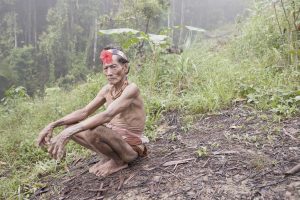
1980s
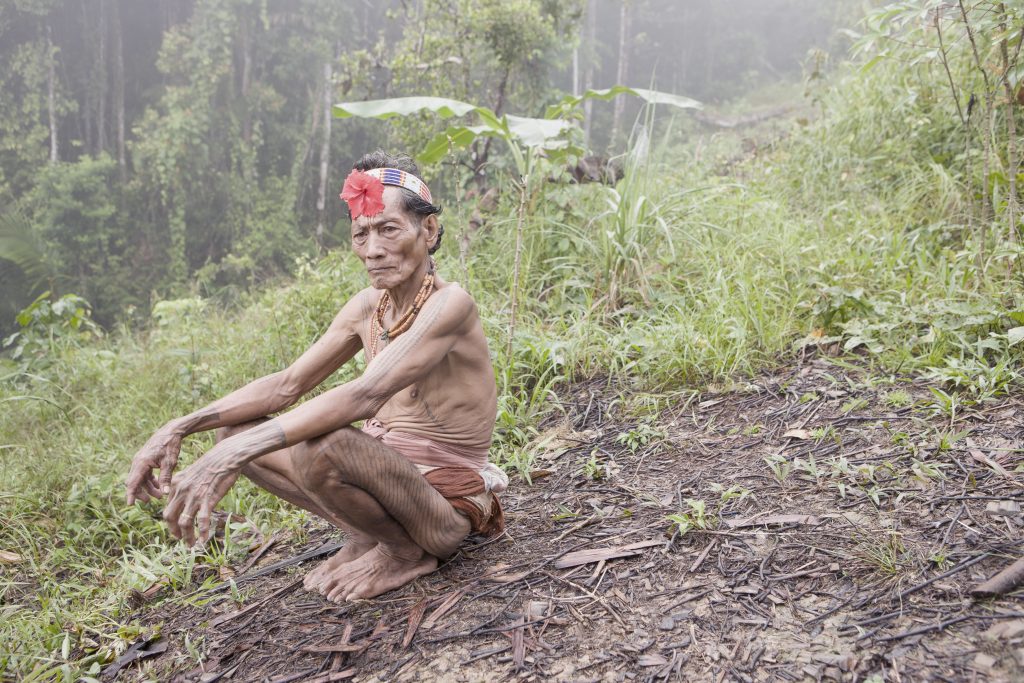
1980s
Resistance to President Suharto’s forest policies begins.
Indonesian NGOs campaign against state forest policies and logging companies’ destructive practices, while the environmental movement in Indonesia starts to coordinate with Indigenous Peoples.
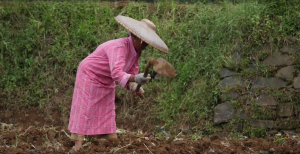
1999
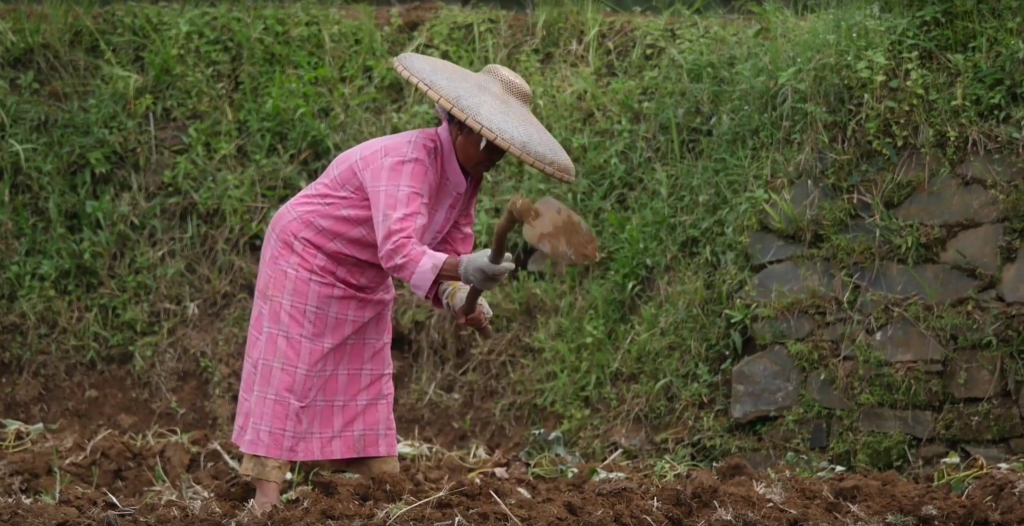
1999
The Indigenous Peoples’ Alliance of the Archipelago (AMAN) is established.
After the fall of President Suharto, the first congress of Indigenous Peoples establishes AMAN, which advocates for human rights and citizenship rights for Indigenous Peoples in the Republic of Indonesia.
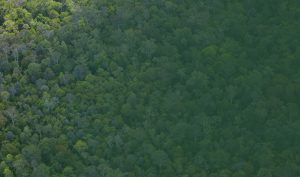
1999
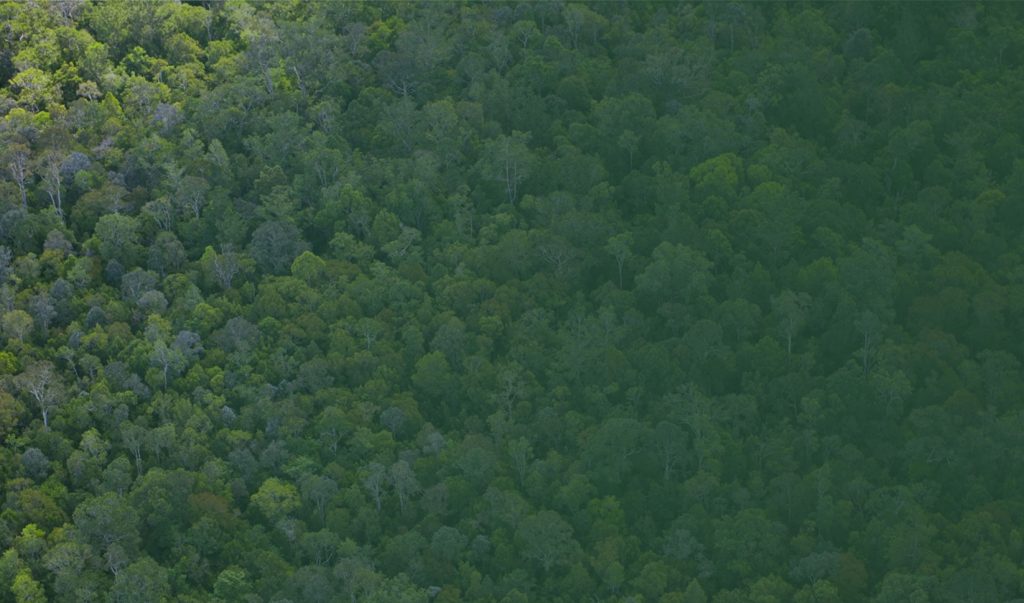
1999
In February, the Indonesian government makes a commitment to resolve forest land tenure issues to the Consultative Group of Indonesia, a consortium of countries and institutions providing funding to the country, set up by the Indonesian government and the World Bank.
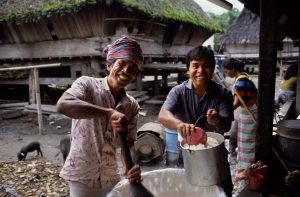
2002
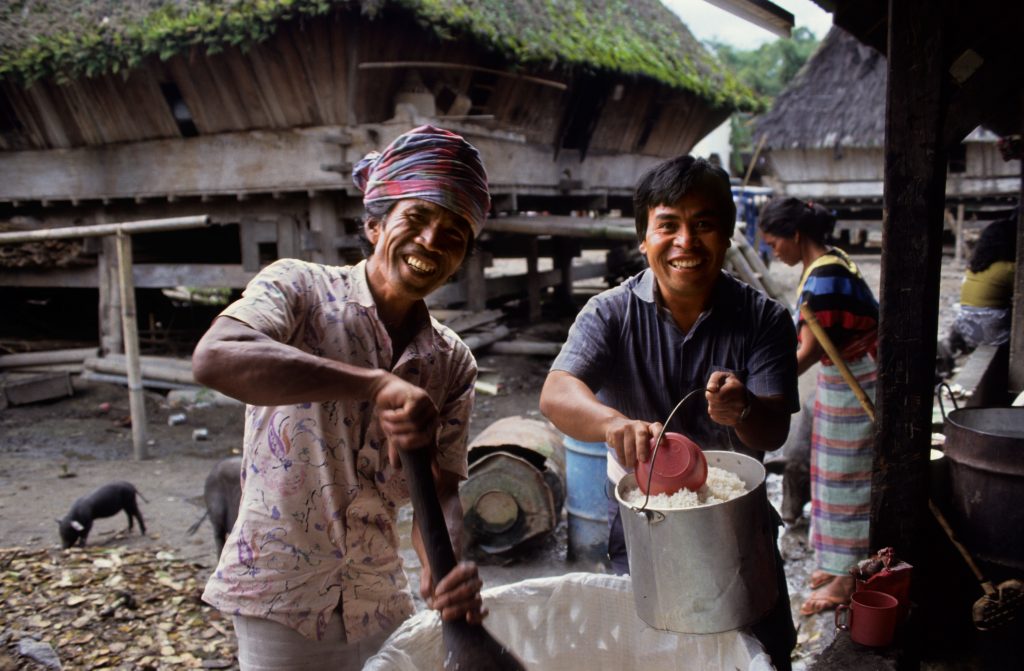
2002
Constitutional amendment recognises the rights of Indigenous Peoples.
After failing to recognise Indigenous Peoples’ rights for centuries, an amendment to the Indonesian Constitution recognises the cultural identity and traditional rights of Indigenous Peoples.
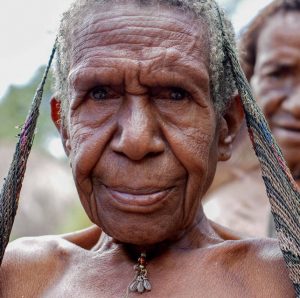
2007
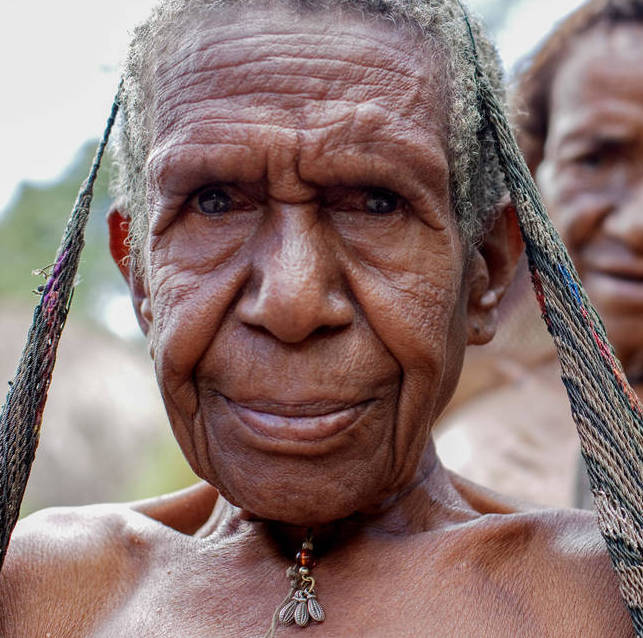
2007
New laws confer limited rights to communities.
The government enacts two new laws conferring limited rights to communities (kemitraan) and to individuals, households, and village cooperatives (hutan tanaman rakyat).
2011
2011
“70% of forest areas with indigenous land claims are subject to conflicting claims by communities and concessions.”
– Abdon Nababan, former Secretary General of AMAN
2012
2012
AMAN challenges Forestry Law No. 41 in Constitutional Court
AMAN files an objection to Forestry Law no. 41, which fails to recognize Indigenous Peoples’ rights and has been used to legalize the claim that customary lands belong to the state. AMAN argues that the law allows the Indonesian government to sell concessions to private companies on Indigenous Peoples’ land.
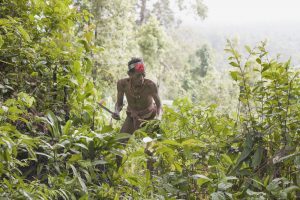
2012
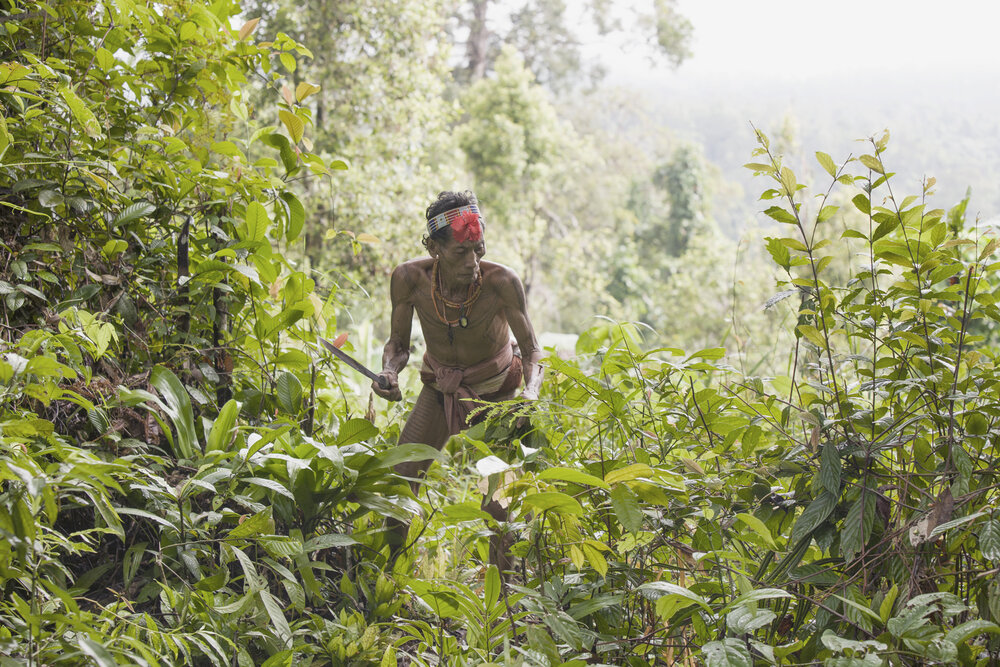
2012
“About 40 million Indigenous Peoples are now the rightful owners of our customary forests.”
– Abdon Nababan, former Secretary General of AMAN
2013
2013
The Constitutional Court approved the judicial review against the 1999 Forestry Law no 41 and ruled that customary forests are not part of State forest but belong to Indigenous territory (“MK 35 Constitutional ruling”). This became the legal basis for Indigenous Peoples throughout Indonesia to reclaim their territory.
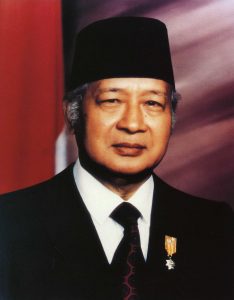
1970
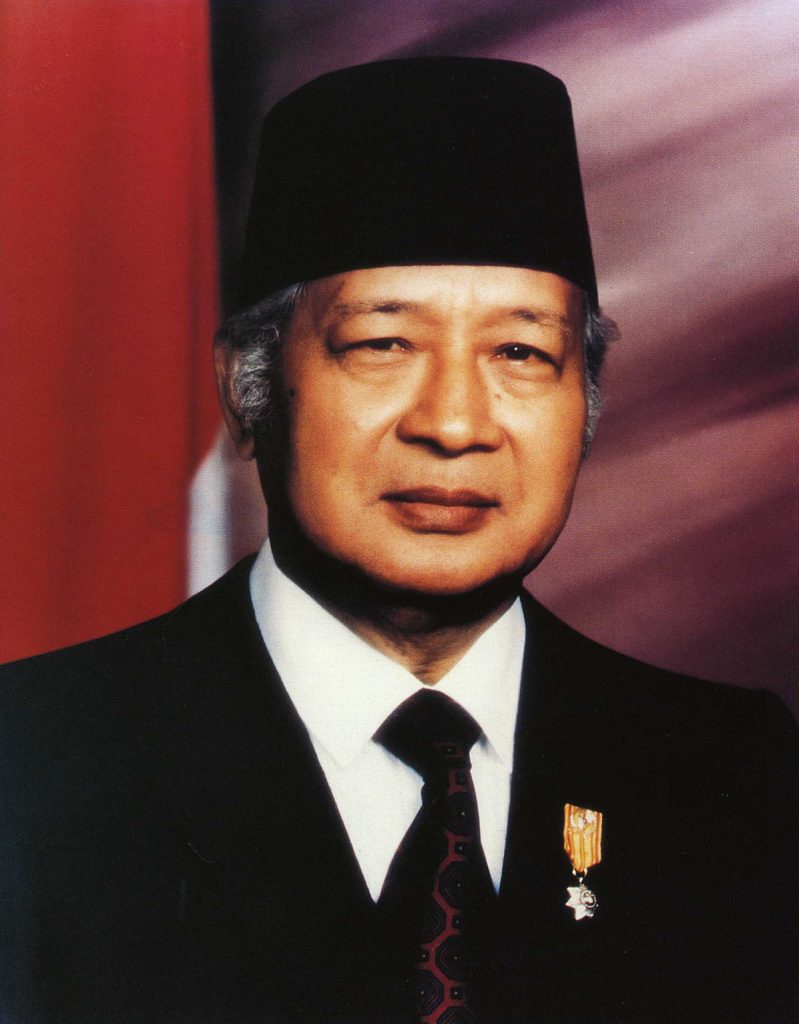
1970
President Suharto allows for forest exploitation.
From the 1970s to the late 1990s, an authoritarian regime led by President Suharto facilitates massive exploitation of Indonesia’s forests, licensing forest lands to private and state-owned logging companies and industrial plantation companies
30% of Indonesia’s land—much of it belonging to Indigenous Peoples—is handed to private companies by the government over 50 years, leading to land-grabbing, displacement, and tenure conflicts.
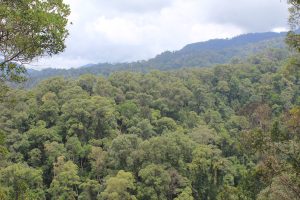
1990s
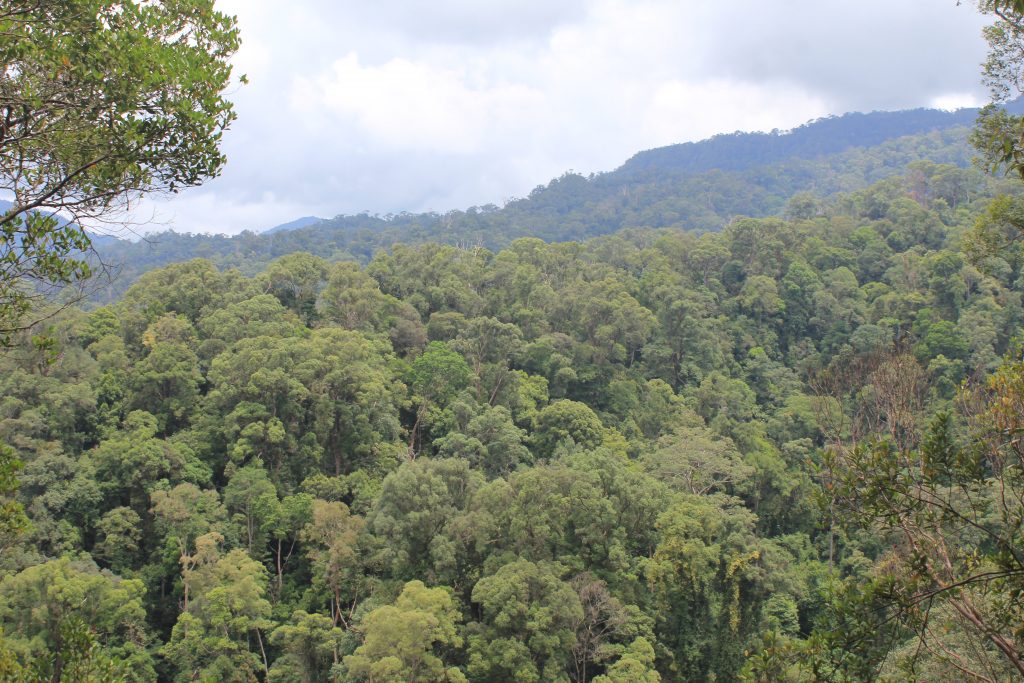
1990s
Forest bureaucracy grants timber industry concessions on Indigenous Peoples’ customary territories.
The Ministry of Forestry gives licenses to timber plantation companies with the idea that over-logged areas will be reforested. However, several companies are granted licenses to develop plantations in natural forests that are still intact. Many of the concessions are on Indigenous Peoples’ lands, leading to displacement, poverty, and other social injustices.
1999
1999
Parliament passes Forest Law No. 41, which does not recognise Indigenous Peoples’ rights and is used to legalise the claim that customary lands belong to the state.
2001
2001
Consultative Group issues a still unimplemented decree on tenure.
People’s Consultative Assembly Decree No. IX 2001 is established, mandating the president to review agrarian and natural resource regulations and address forest and land tenure issues. Implementation of the decree has not yet taken place, due at least in part to a lack of political will.
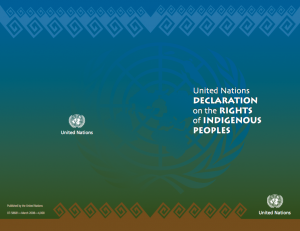
2007
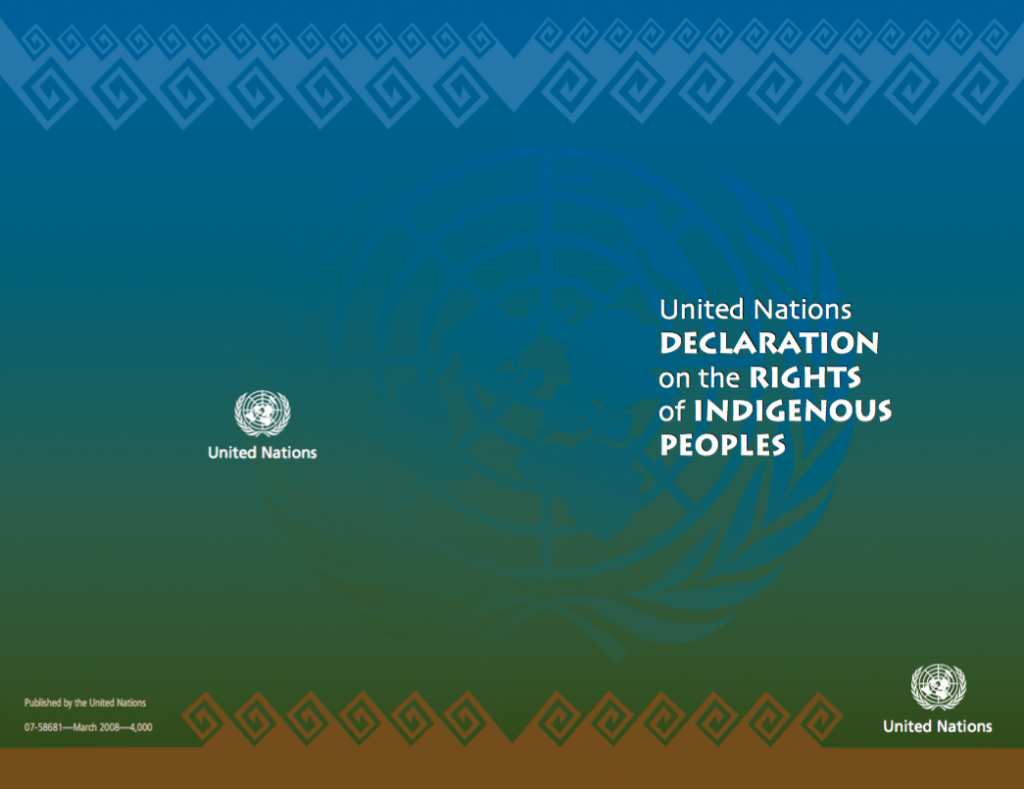
2007
United Nations (UN) General Assembly adopts the UN Declaration on the Rights of Indigenous Peoples (UNDRIP).
In September, the General Assembly adopts UNDRIP with 144 countries, including Indonesia, voting in favour.
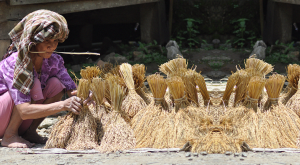
2011
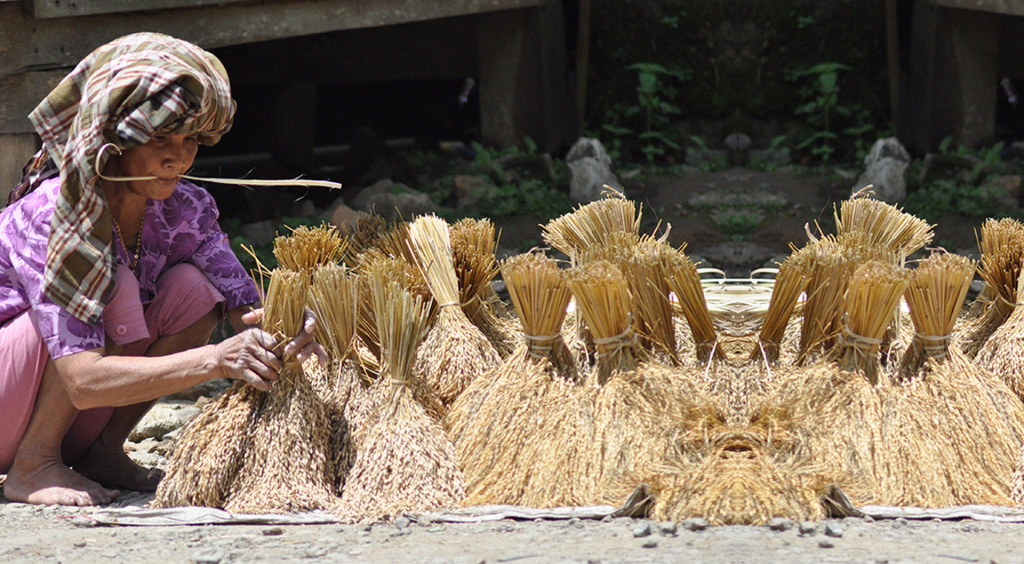
2011
Presidential Instruction No. 10/2011 places a moratorium on forest concessions.
In May, a new memo from the president postpones any new licenses for the conversion of primary natural forests and peatland for two years. Unfortunately, these moratoriums do not halt the infringement of rights on the ground.
2011
2011
Indonesian Government commits to expanding rights of Indigenous Peoples.
During a keynote speech given at a global forestry conference in July, Kuntoro Mangkusubroto, head of the Indonesian President’s Special Delivery Unit, announces the government’s intention to prioritise the needs of its forest communities.
2012
2012
Indonesian Constitutional Court sides with AMAN on Forestry Law No. 41
It declares that customary forests are no longer part of state forests by changing the law to read: “Customary forests are forests located in the territory of Indigenous Peoples.” This revision of the law lays the legal groundwork for indigenous communities to assert their legal rights, though implementation of the ruling remains minimal.”
2012
2012
AMAN progresses in mapping ancestral territories.
AMAN maps approximately 6.7 million hectares of ancestral territories with input and agreement from communities. When AMAN starts its mapping efforts in 2010, it establishes the Ancestral Domain Registration Agency to register these maps. AMAN aims to map all ancestral territories by 2020. These efforts receive significant impetus from the Indonesian Constitutional Court decision in May.